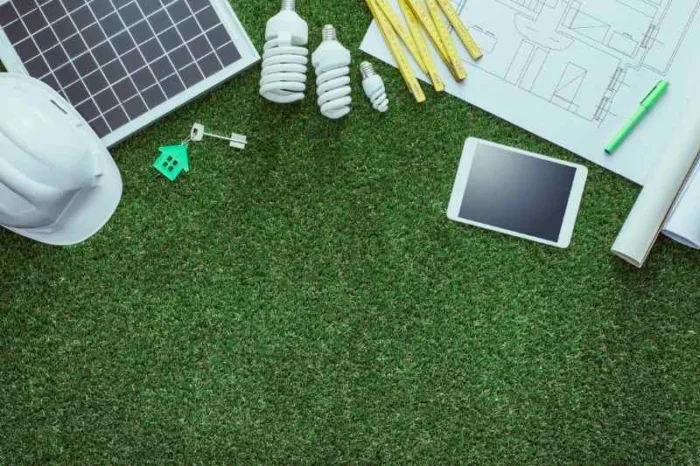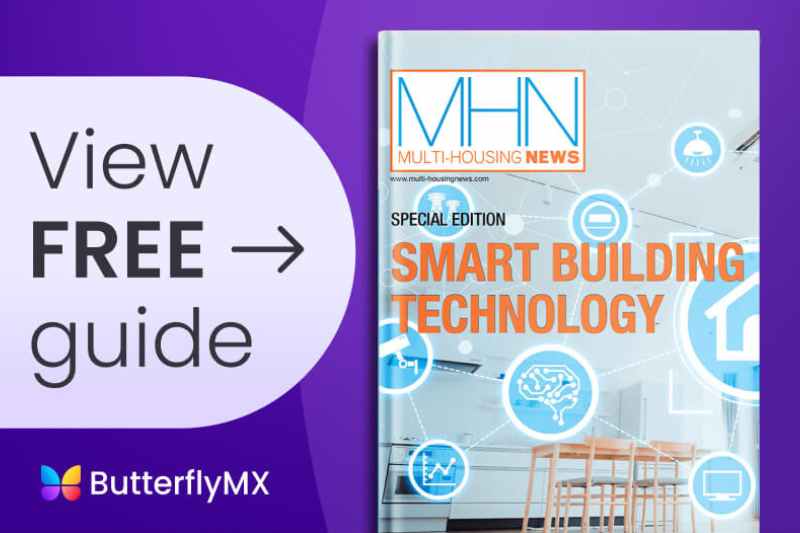
Sustainable building has been a hot topic for real estate developers for many years. But due to the recent acceleration of climate change, it has become a top priority for owners, managers, and residents too. Residential green building certifications are an opportunity to demonstrate that your building is sustainable. With a certification, your property will be easier to lease, manage, and sell.
This guide is here to help you better understand what green building certifications are and how to get one.
In this post, we’ll cover:
- What is a green residential building?
- What are the requirements for a green building?
- The top 5 residential green building certifications
- What is the best residential green building certification?
- How can residential buildings be more sustainable?
What is a green residential building?
A green residential building is a residential property or apartment that mitigates environmental impact through strategies like waste reduction, resource efficiency, and the use of sustainable materials. Today’s property owners and residents are looking for proof of sustainability, and residential green building certifications are the best way to demonstrate that.
See how ButterflyMX enhances the resident experience:
What is ESG, and why does it matter?
ESG (Environmental, Social, and Governance) is a term for the responsibility of businesses to consider the ethical values of their organization. Sustainability is a crucial factor in ESG. Your development business’s social and environmental impact is more valuable to today’s property investors and tenants than ever. And the importance of ESG and sustainability in business strategy is projected to grow in the coming years.
Investors are increasingly applying non-financial factors as part of their analysis process to identify risks and opportunities. In a 2021 statement, the CEO of BlackRock, a leading investment management company, said, “Because better sustainability disclosures are in companies’ as well as investors’ interests, I urge companies to move quickly to issue them rather than waiting for regulators to impose them.”
What are the requirements for a green building?
In a 2014 study, Kyoto University found that homes in green buildings cost 30% more on average. Back then, most consumers didn’t think this added cost was worth it. But times have changed. Eco-friendly building materials are more affordable than ever, and today’s residents prioritize sustainability.
Each green building certification is different. However, some requirements are standard among most of them. These requirements take into account the health of residents as well as the environment.
5 factors for green building certification:
- Indoor environment: When evaluating a building, the quality of livable spaces is essential. From indoor air quality to the use of non-toxic materials, certification values building with resident health in mind. For example, formaldehyde-based adhesives are often prohibited for green buildings because formaldehyde is a known human carcinogen, according to the American Cancer Society.
- Energy efficiency: Many factors go into energy efficiency. Ideally, a green building will use as little energy as possible and rely on renewable energy sources, such as by implementing Passive House standards. However, some sustainable apartment buildings still use traditional energy sources as long as they are paired with other efficiency practices.
- Waste reduction: Reduce, Reuse, Recycle. Waste reduction management is the practice of reducing energy and material consumption in a building. Less consumption means less pollution and waste, so this is an essential factor in the certification of green buildings.
- Water efficiency: From low-flow toilets to leak-proof pipes, buildings have many ways to be water efficient. Just like with energy efficiency, water efficiency is about reducing the amount of water used overall. One of the best ways to do this for apartments is to use efficiency-oriented appliances like washing machines and dishwashers. As an added benefit, upgraded appliances also improve the resident experience.
- Life cycle management: Green building certifications include a life cycle assessment to see what resources are going into the building construction and operations. The assessment follows resource use to understand what becomes waste. Reducing the amount of waste produced is a critical factor for environmentally friendly buildings to reach net zero in real estate.
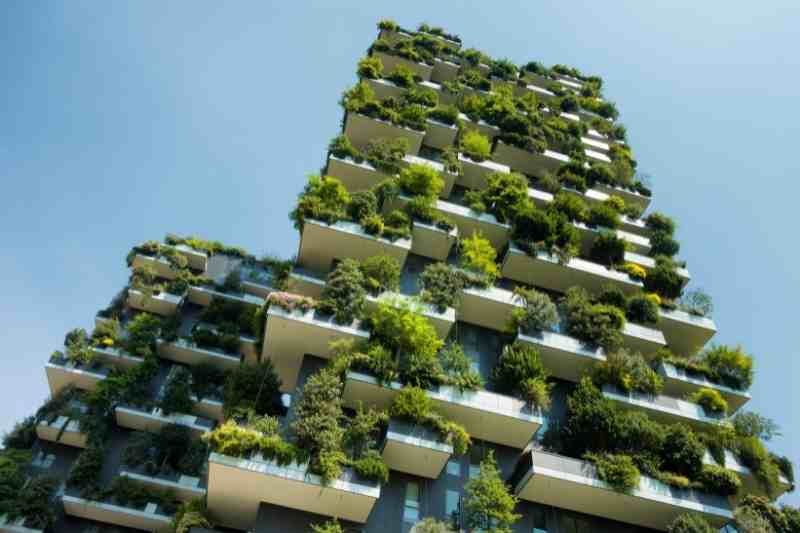
The top 5 residential green building certifications
Researching your certification options can feel overwhelming. There are many to choose from, and they vary from country to country. However, for North American residential properties, there are some clear leaders when selecting a residential green building certification.
Five green building certifications you should know about:
1. LEED
LEED (Leadership in Energy and Environmental Design) is the most well-known green building rating system. It has nine different certification options, including LEED residential. New construction and existing buildings can both apply through a point-based rating system. However, the certification is focused on building design, so the easiest way to earn USGBC LEED certification is early in development.
Based on your point total, the rating levels awarded are LEED Certified, LEED Silver, LEED Gold, or LEED Platinum (the highest level). The certification lasts two years then needs to be renewed.
2. EnergyStar
After the LEED rating system for green building, EnergyStar is the next most recognizable name in the industry. To be EnergyStar certified, your property must be 15% more efficient than traditional buildings.
EnergyStar also uses a point system similar to LEED but is focused on performance rather than design. You must also renew the certification every year instead of every two.
An EnergyStar certification carries a lot of weight because it is backed by the Department of Energy and the Environmental Protection Agency. It’s a great way to make your building stand out, so feature it in your marketing.
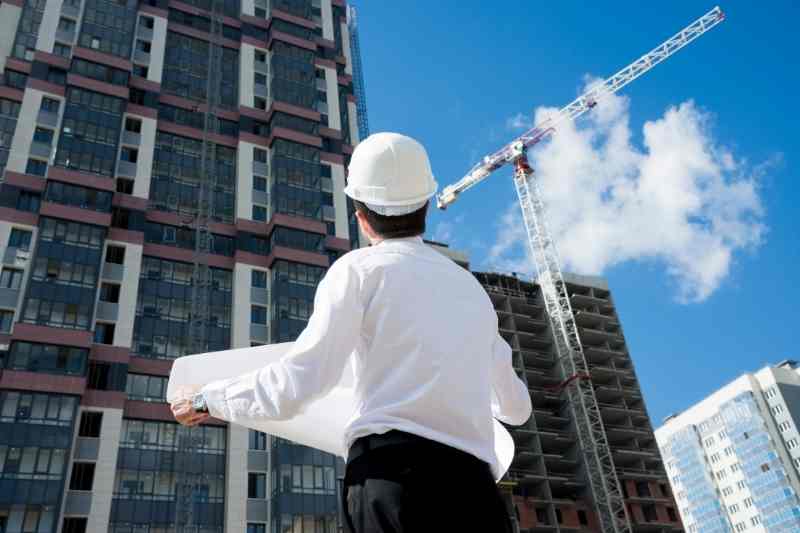
3. National Green Building Standard
While LEED and EnergyStar are the most recognizable names in green building awards, the National Green Building Standard (NGBS) is the leading residential-only certification. NGBS certifies sustainable single-family homes, multifamily properties, and mixed-use buildings.
The certification process is also point-based and backed by the National Association of Home Builders. NGBS certification levels range from Bronze to the most prestigious, Emerald.
4. Living Building Challenge
Living Building Challenge (LBC) is another top sustainable building certification. First, properties are evaluated over 12 months. They are then scored based on seven criteria: materials, water, site, health, equity, beauty, and energy. Living Building Challenge is one of the only designations that includes building aesthetics as a critical factor.
To apply, you first register with the organization then report a data audit over 12 months. However, this audit can be challenging for some buildings. Utility data can be tenant-controlled, in which case properties don’t have access to all the documentation.
However, if your building can perform the data audit, this certification is an excellent option.
5. BREEAM
Building Research Establishment Environmental Assessment Method (BREEAM) offers international certification for sustainable buildings. The certification process is star-based on a scale of one to six that results in a designation of “pass,” “good,” “very good,” “excellent,” or “outstanding.”
You can earn BREEAM certification at all stages, from new construction to in-use buildings. There are three BREEAM assessors in the United States, based in Washington D.C., Texas, and New York. However, it is still possible to earn the certification in other states.
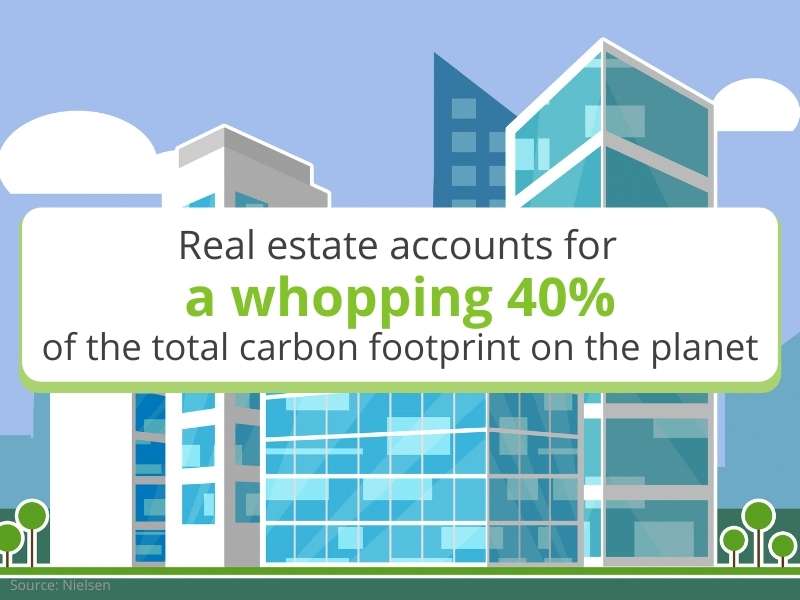
What is the best green building certification?
All of the residential green building certifications listed above are a great way to verify the sustainability of your multifamily property. However, the best path for certification is to combine LEED and EnergyStar.
These two leading certifications complement each other, and earning both is considered the highest form of green building certification.
How can residential buildings be more sustainable?
Preparing for residential green building certification requires you to make many important decisions. The process of becoming a certified green building can be overwhelming. So start by breaking down sustainability into more manageable goals.
Six investments you can make to promote sustainability in your community:
- Smart technology: Many proptech solutions on the market today can help combat the effects of climate change. Investing in devices that monitor energy consumption and CO2 emissions is a great way to prepare for green building certification.
- Eco-friendly appliances: EnergyStar also certifies products, so if you’re aiming for LEED or EnergyStar designation, these products are your best option. There are efficient versions of traditional washing machines, dishwashers, and more on the market.
- Rainwater collection: You can connect a harvesting system to your building’s gutters to collect and store rainwater. Experts recommend using this recycled water for irrigation, watering plants, and flushing toilets.
- Renewable energy: While solar panels may cost more upfront, they save you money in energy costs long term. Incorporating renewable energy sources into your building also appeals to residents and investors.
- Leak detection: Waste reduction is an essential element of sustainability and green building certification. Get a head start by adding leak detection technology to your budget.
- Wireless access control system: Managing building access is vital for all residential properties. However, some access control systems require onsite servers that consume a lot of energy. Investing in a wireless access control system will improve the energy efficiency of your building and remove the added waste created by wiring.
